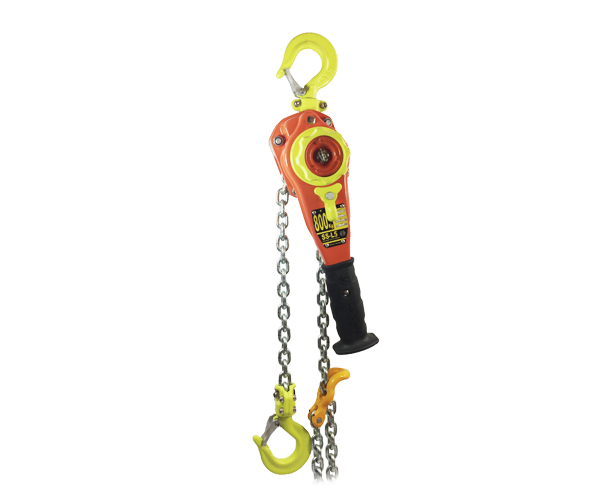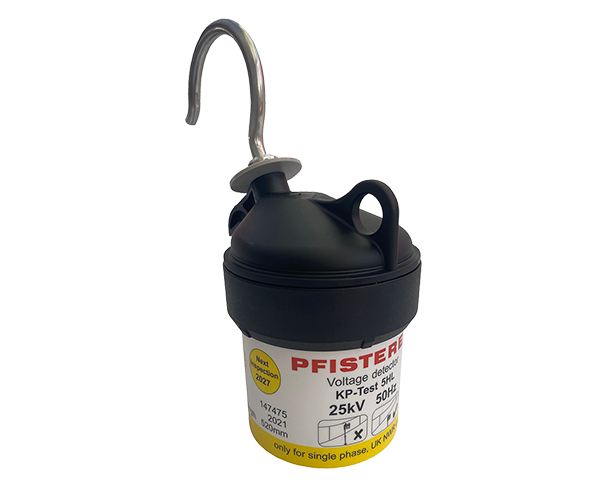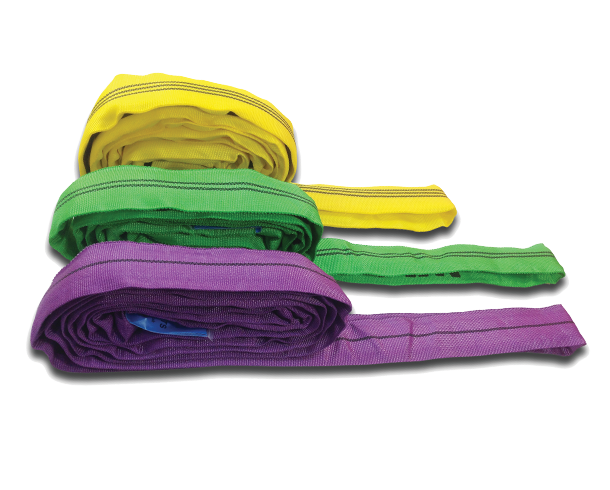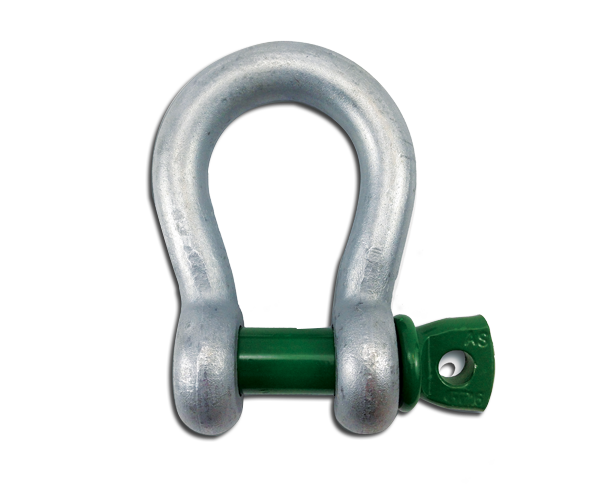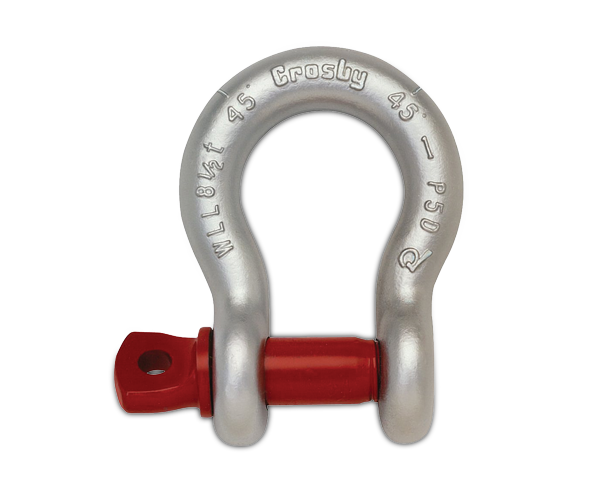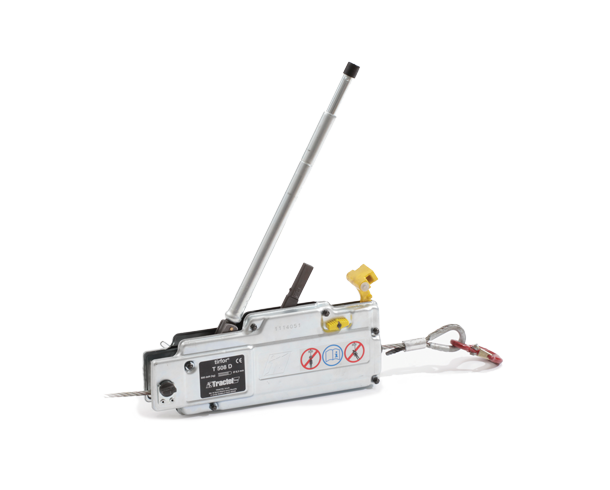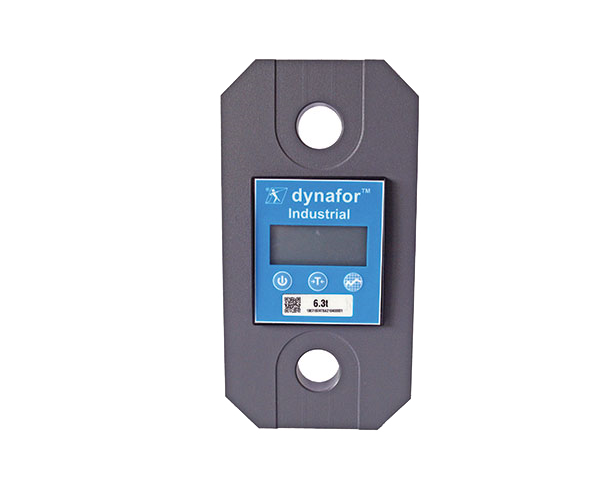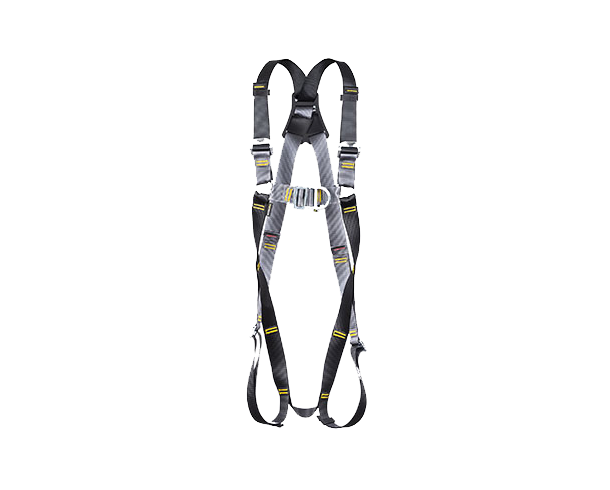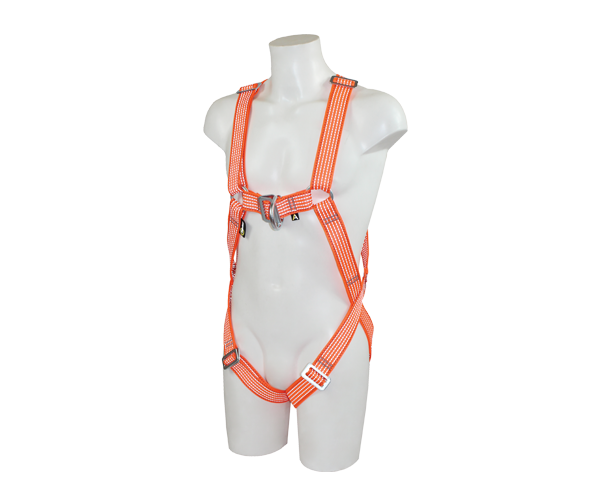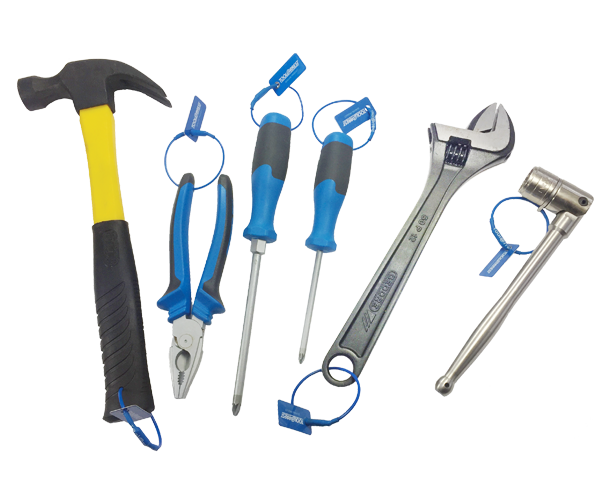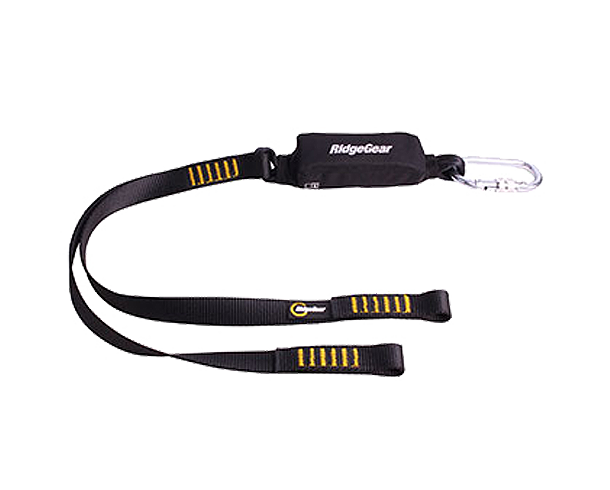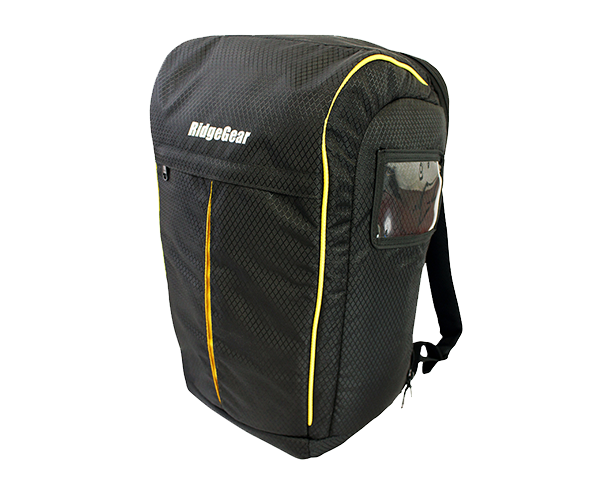Overhead Line Equipment
Worlifts, we support so you can achieve
Home > Overhead Line Equipment
To complement our range of standard lifting equipment, Worlifts are an established supplier of quality lightweight rigging equipment for use in the installation and maintenance of all types of overhead line catenary systems.
Products include cable tensioning equipment including lever hoists, Bowthorpe wedges and bodies, slings, shackles and load link dynamometers. An extensive range of height safety products are also available.
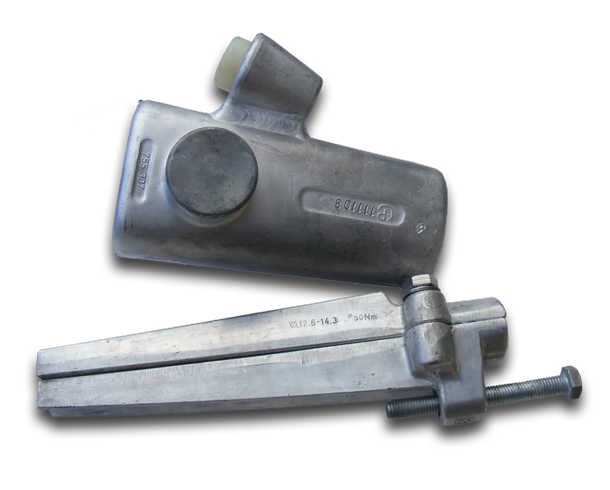
Overhead Line Equipment FAQ's
Overhead line equipment - or OLE - refers to the overhead wires that carry huge amounts of electricity to power the trains beneath it. The surrounding structure supports the wires above the trainline, and all together this makes up overhead line equipment. This infrastructure can carry electricity at 25,000 volts and it’s this that makes it possible for trains to travel on a large, electrified network. Overhead line equipment is constructed in a way that maintains accuracy with transmitting electricity while also maintaining safety at the same time.
As we know, electric trains are better for the environment in the long term. When we have access to overhead line equipment, electrical energy can be transmitted to buses, trams and trains from overhead. This ensures quiet transportation for those on and living nearby the railway, and it ensures that the networks can expand country-wide due to this overhead line equipment. One or more of the overhead wires sit just over the rail tracks to supply the electricity with the help of regular feeder stations.
For the successful operation of transportation on an electrical service, overhead lines are a must. During construction, the strength of the line should be secured so that no matter the weather, they remain strong and in place. Overhead line equipment transmits and distributes electrical power to power trains beneath them to keep them running.
Lineside equipment is the part of the overhead line equipment that is fixed to the side. There are different levels of lineside equipment installation, and it involves standalone equipment and signalling devices to ensure the safety of the railway. The signalling equipment tells train drivers when it’s safe to move forward or change tracks and when to stop along the way.
In order to separate conductors from one another, overhead line insulators are used. These are used across the overhead lines and they can also help to separate the conductor from supporting structures and towers. Usually, high voltage conductors are hung from a tower with l-string suspension insulators. These are normally horizontal along the wire and they don't move.
There are many components that make up safe overhead lines. The components are the hardware, insulation, towers, foundations and ground wires as well as the overhead lines themselves. These components work together to safely transmit electricity across the network and help the trains to move through the network smoothly.
There are different voltages used throughout the world but in the UK, overhead train lines are high-voltage for long distance transmission. There are more than 7,000km of overhead train lines, and these run at between 275 and 400 kV.
It takes time to construct overhead lines. It begins in the planning phase of the project where everything is designed and projected as one big process with multiple steps. Installing new overhead lines involved clearing away vegetation from the railway area and refitting and constructing bridges that may be too low to fit the overhead line equipment. It’s a high risk project and it starts with planning conditions, then conditions of spatial development, environmental conditions and legal considerations along with that. Installing the new masts and wires takes time and has to be planned to precision.
Ground wires are bare conductors. These are supposed at the top of transmission towers and they shield the line properly to intercept any strokes of lightning before the power lines are hit. Ground wires are there to ground the overhead lines and equipment, thus they are not designed to carry any current. With high voltage transmission lines, earth wires are a must for safety. The wires being grounded can ensure safety for those working on the lines, too.
The preferred material when overhead train lines were first installed was copper, but nowadays it’s aluminium that’s used for overhead line conductors. These are lower in cost and they are much lighter than copper, which allows them to conduct electricity more effectively. Aluminium also has around 60% of the conductivity of copper and it’s a stronger material. There are other materials used for overhead lines but aluminium is the best option.
Staying safe when working on overhead power lines is vital. A safe distance is a must for the lines that are of high voltage, and all equipment should be properly grounded before use. If they can become energised, they need grounding to ensure no conduction. Employees working with overhead lines also need to be qualified to work with that level of electricity as they need to be highly trained. Personal protective equipment has to be used for all jobs working with electricity but especially with overhead power lines. Insulating equipment has to be inspected for damage before the working day begins, and if any defects are found they have to be discarded.
Appropriate tools should be used and properly maintained to ensure that workers are protected against all electrical hazards. Tools should be well maintained, too, so that they don't become dangerous in the field. Working with overhead power lines is a difficult and dangerous job but with the right training and safety equipment and precautions constantly monitored, work can be started and completed.
Worlifts Rail Division have a vast range of tools used in OLE construction and maintenance that are supplied with the required certification.
